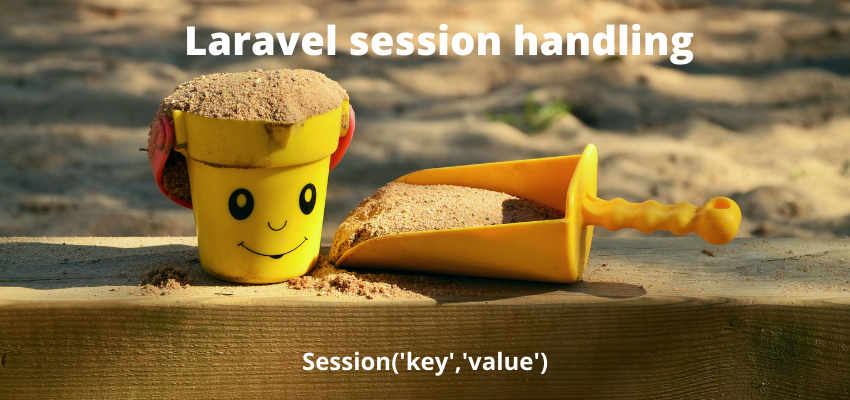As the name implies seeders, seeder are used to fill the database using seed classes. Sometimes in our application we wanted to test our application with some data and in that case we require seed the database may be with dummy data.
Using the seeder we can create n number of rows to test our functionality. We can create seeder class using php artisan command as below
php artisan make:seeder ArticleSeederIn this tutorial i will show you to create seeders in laravel and also we will use faker and Str library to create fake name , email etc.
Before start I assume you well known to database and and How to make database connection in Laravel 8 ?
Let’s start the article with step by step process
Step 1: Create a seeder class
Very first step is to create the seeder class using PHP artisan command as below
php artisan make:seeder ArticleSeederAbove command will create a file in folder database/seeders and the code will be in file
<?php
namespace Database\Seeders;
use Illuminate\Database\Seeder;
class ArticleSeeder extends Seeder
{
/**
* Run the database seeds.
*
* @return void
*/
public function run()
{
//
}
}
Step 2: Modify Generated Class to Seed the Table
In previous step we created the class, now modify it according to our need for example in our articles table we have below schema
CREATE TABLE `articles` (
`id` bigint(20) UNSIGNED NOT NULL,
`email` varchar(255) COLLATE utf8mb4_unicode_ci NOT NULL,
`title` varchar(255) COLLATE utf8mb4_unicode_ci NOT NULL,
`picture` varchar(255) COLLATE utf8mb4_unicode_ci NOT NULL,
`body` varchar(255) COLLATE utf8mb4_unicode_ci NOT NULL,
`created_at` timestamp NULL DEFAULT NULL,
`updated_at` timestamp NULL DEFAULT NULL
) ENGINE=InnoDB DEFAULT CHARSET=utf8mb4 COLLATE=utf8mb4_unicode_ci;then we need to change the ArticleSeeder class as below
<?php
namespace Database\Seeders;
use Illuminate\Database\Seeder;
use Illuminate\Support\Facades\DB;
use Illuminate\Support\Facades\Hash;
use Illuminate\Support\Str;
class ArticleSeeder extends Seeder
{
/**
* Run the database seeds.
*
* @return void
*/
public function run()
{
for($count=0;$count<10;$count++){
DB::table('articles')->insert([
'title' => Str::random(10),
'email' => Str::random(10).'@gmail.com',
'body' => Str::random(100),
'updated_at' => date("Y-m-d H:i:s"),
'created_at' => date("Y-m-d H:i:s"),
]);
}
}
}
As you can see we have added the for loop to run the insert query 10 times and it will generate 10 records in article table.
Step 3: Run the seeders
There is two way to run the seeders :
First using the default seeder class of application
Secound is running the specific seeder class using artisan command as below
php artisan db:seed --class=ArticleSeederThis will create 10 records in table.
How to manage order of seeders and run multiple ?
In our application we can create multiple seeders and while deploying to server we need to manage the order of seeders to feed the database so we can user application default class DatabaseSeeder and we can define the order of our seeders as below
<?php
namespace Database\Seeders;
use Illuminate\Database\Seeder;
use Illuminate\Support\Facades\DB;
use Illuminate\Support\Facades\Hash;
use Illuminate\Support\Str;
class DatabaseSeeder extends Seeder
{
/**
* Run the database seeders.
*
* @return void
*/
public function run()
{
$this->call([
UserSeeder::class,
ArticleSeeder::class,
]);
}
}We can use call method to use the multiple seeder in the order and then we can run simply
php artisan db:seed



